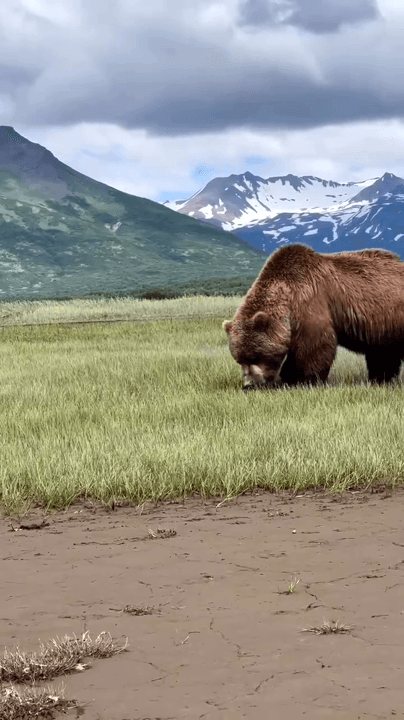
Alaska's Majestic Bears: A Guide to Understanding These Iconic Giants Discover Alaska's diverse bear population, including grizzlies, black bears, and polar bears. Learn about their habitats, behavior, safety tips, and how to observe them responsibly. Alaska, the Last Frontier, is renowned for its breathtaking landscapes, abundant wildlife, and, most notably, its impressive bear population. These magnificent creatures hold a significant place in Alaska's ecosystem and cultural heritage. From the formidable grizzly to the adaptable black bear and the Arctic-dwelling polar bear, Alaska offers a unique opportunity to witness these iconic animals in their natural habitat. This article delves into the world of Alaskan bears, providing insights into their characteristics, behavior, and how to safely and responsibly appreciate their presence. Types of Bears in Alaska: Alaska is home to three main types of bears: Grizzly Bear (Brown Bear): Often referred to as brown bears, grizzlies are
Post: 12 February 23:38
















































